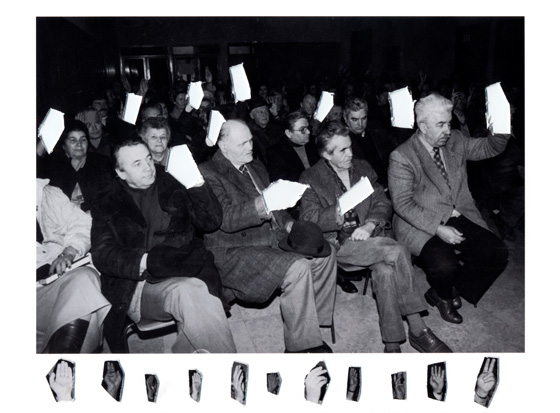User:Petra Milicki: Difference between revisions
mNo edit summary |
No edit summary |
||
| (25 intermediate revisions by 3 users not shown) | |||
| Line 1: | Line 1: | ||
[[File: | __NOINDEX__ | ||
[[File:stilinovic.jpg]] | |||
<div style="border-width:2.6px;border-color:red;border-style:dotted dashed solid double; font-size:11px;font-family:Courier;Sans;padding:10px;"> | <div style="border-width:2.6px;border-color:red;border-style:dotted dashed solid double; font-size:11px;font-family:Courier;Sans;padding:10px;"> | ||
MY INTERNETS | MY INTERNETS | ||
[http://www.petramilicki.com/ www.petramilicki.com]<br/> | [http://www.petramilicki.com/ www.petramilicki.com]<br/> | ||
| Line 11: | Line 12: | ||
<div style="border-width: 2.8px; border-style: dashed; border-color: red; font-size:11px;font-family:Courier;Sans;padding:10px;"> THEMATIC | <div style="border-width: 2.8px; border-style: dashed; border-color: red; font-size:11px;font-family:Courier;Sans;padding:10px;"> THEMATIC PROJECTS | ||
* [[Petra Milički, Trimester 1, 2012, Networked Media Sampler]] | |||
* [[Petra Milički, Trimester 2, 2012, Archive & Memory]] | |||
* [[Petra Milički, Trimester 3, 2012, Factory Reset]] | |||
* [[Petra Milički, Trimester 3, 2012]] | |||
</div> | |||
<div style="border-width: 2.6px; border-style: dotted; border-color: red; font-size:11px; font-family:Courier;Sans; padding:10px;"> READING, WRITING & RESARCH <br/> | |||
''' | '''Annotations:''' | ||
[[Artists' working spaces, tools, and materials in the digital domain]]<br> | |||
[[The Impossibility of Interface]]<br/> | |||
[[Translating Media from (My Mother Was a Computer)]]<br/> | |||
[[The Work of Art In The Age of Mechanical Reproduction]]<br/> | |||
''' | '''Essays:''' | ||
[[Text, Hypertext, Context]]<br/> | |||
[[Monumentalization in the Age of Digital Media]]<br/> | |||
[[Petra_Milicki/review | Why Should Artists Stay Poor]] | |||
'''Project_proposal_draft:''' | |||
[[17/10/12]]<br/> | |||
[[07/11/12]]<br/> | |||
[[19/11/12]]<br/> | |||
[[Petra_Milicki_Graduation_Project_Proposal_Final_version_05.12.2012 | final_version]] | |||
'''Thesis''' | |||
</div> | |||
<div style="border-width: 3px; border-style: double; border-color: red; font-size:11px;font-family:Courier;Sans;padding:10px; "> PROTOTYPING | |||
* [[City/Date_tracker]] | |||
* [[New_News_scraper]] | |||
* [[Technical_plan]] | |||
* [[Counting_in_public_space]] | |||
</div> | </div> | ||
<div style="border-width: | <div style="border-width: 2px; border-style: solid; border-color: red; font-size:11px;font-family:Courier;Sans;padding:10px;"> GRADUATION SEMINAR | ||
[[ | * [[assignment_one]] | ||
* [[proposal_draft]] | |||
</div> | </div> | ||
Latest revision as of 01:43, 15 March 2013
MY INTERNETS
www.petramilicki.com
p.milicki@gmail.com
THEMATIC PROJECTS
READING, WRITING & RESARCH
Annotations:
Artists' working spaces, tools, and materials in the digital domain
The Impossibility of Interface
Translating Media from (My Mother Was a Computer)
The Work of Art In The Age of Mechanical Reproduction
Essays:
Text, Hypertext, Context
Monumentalization in the Age of Digital Media
Why Should Artists Stay Poor
Project_proposal_draft:
17/10/12
07/11/12
19/11/12
final_version
Thesis
GRADUATION SEMINAR

